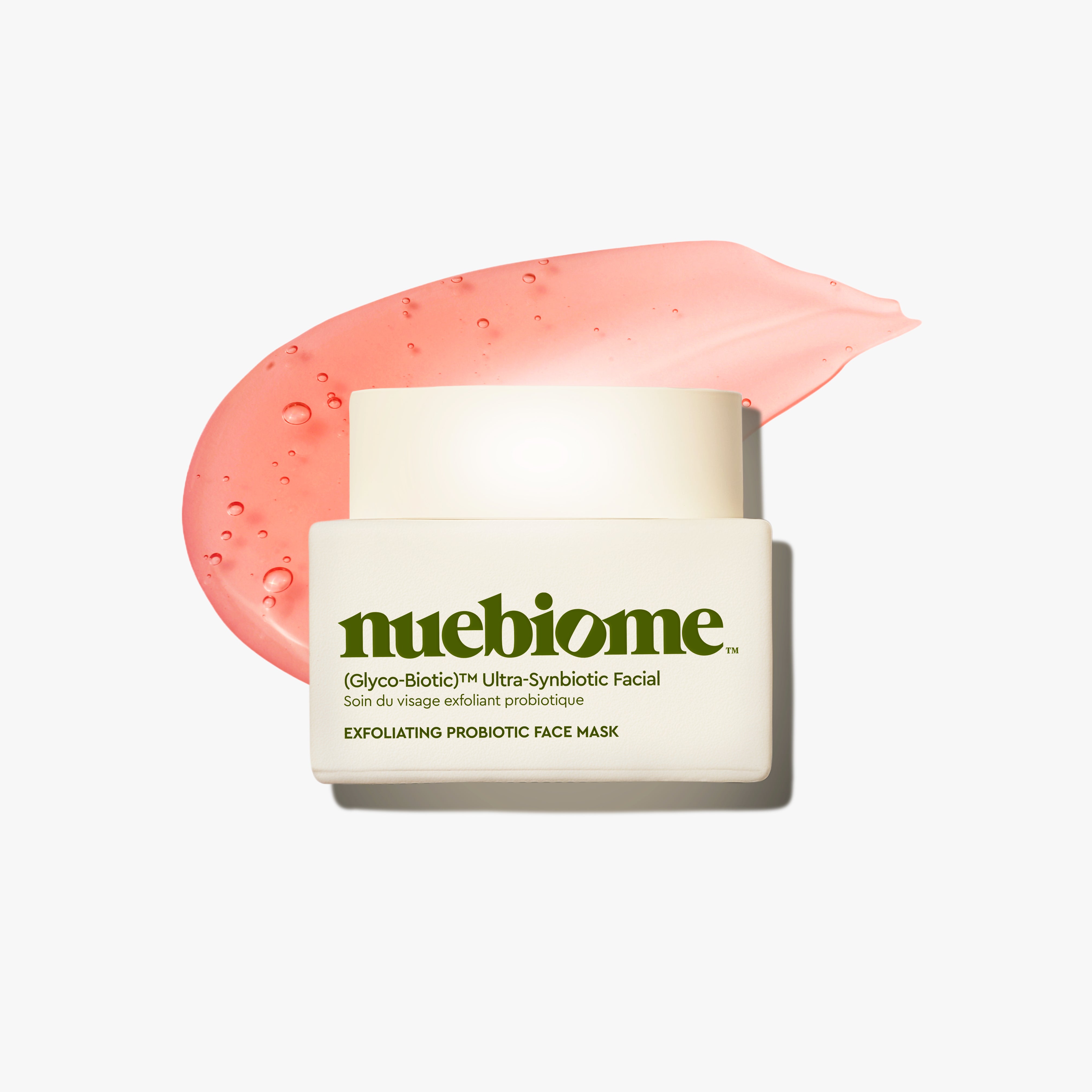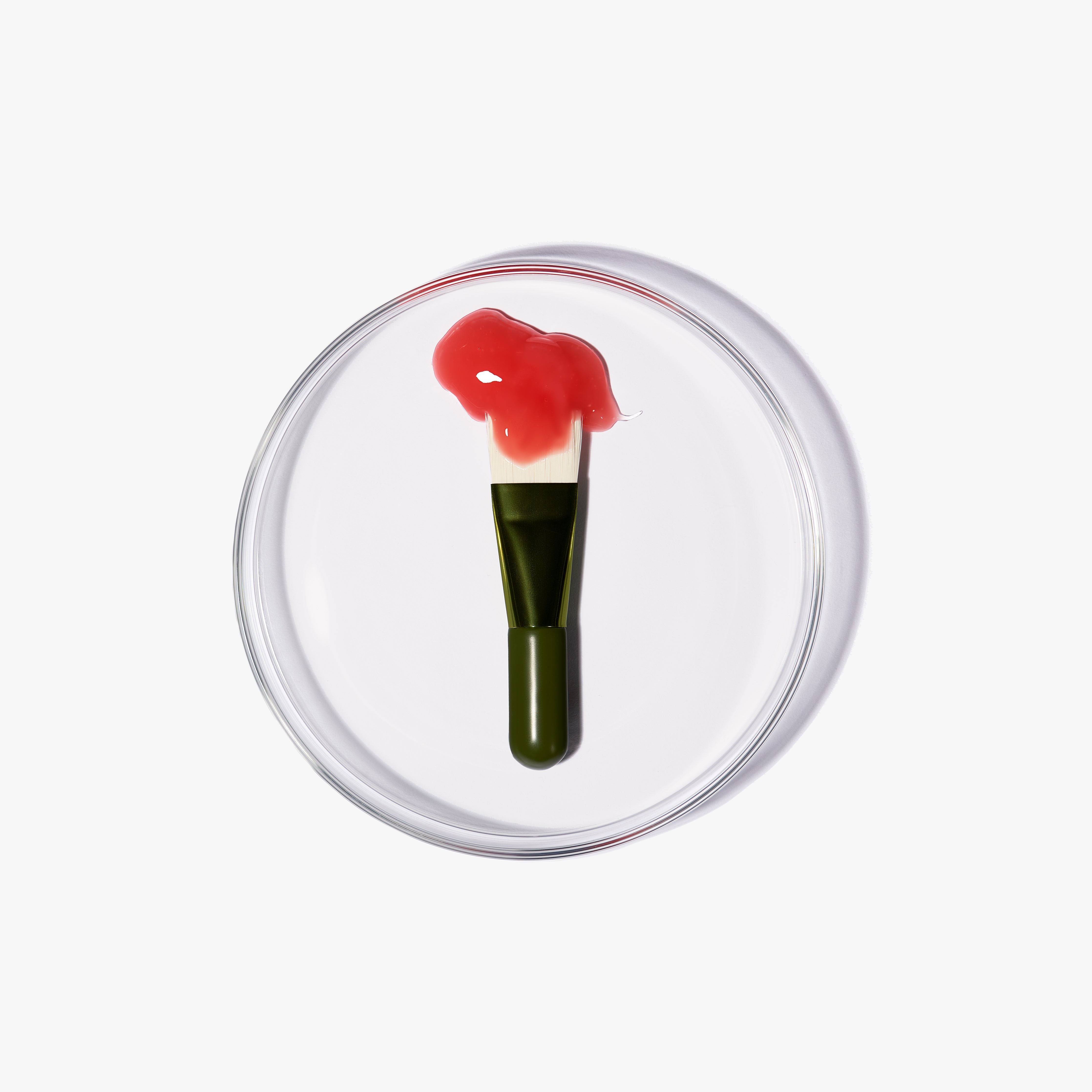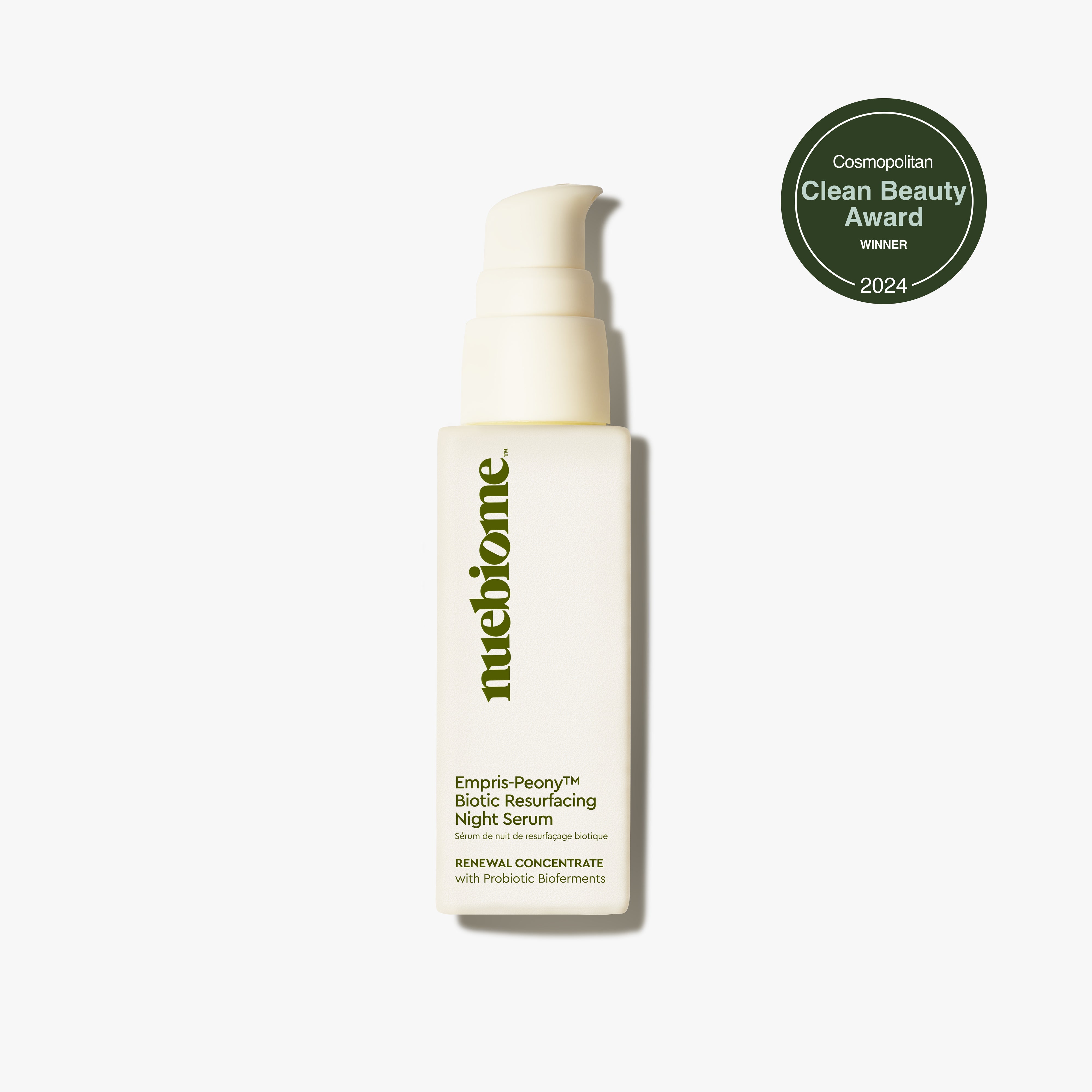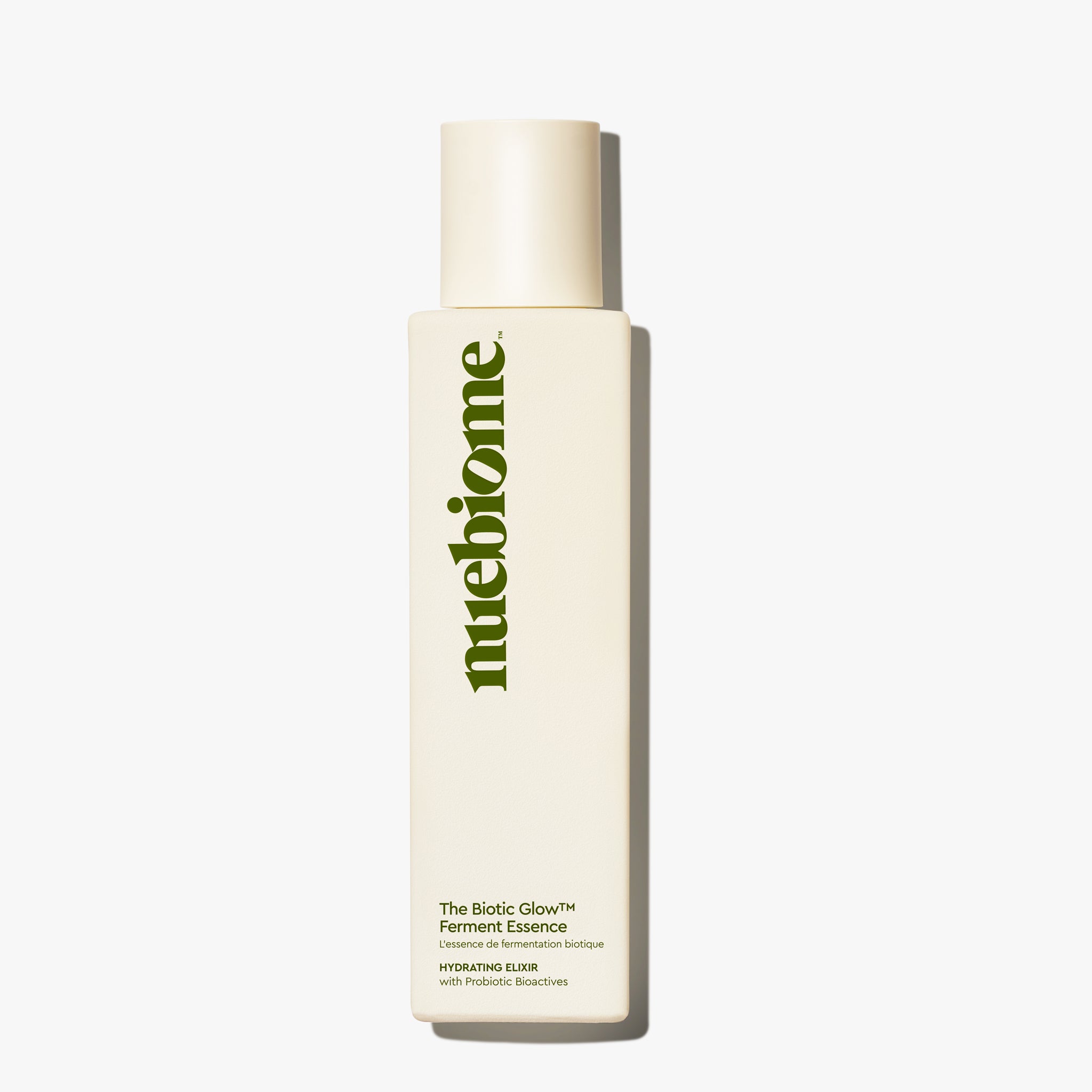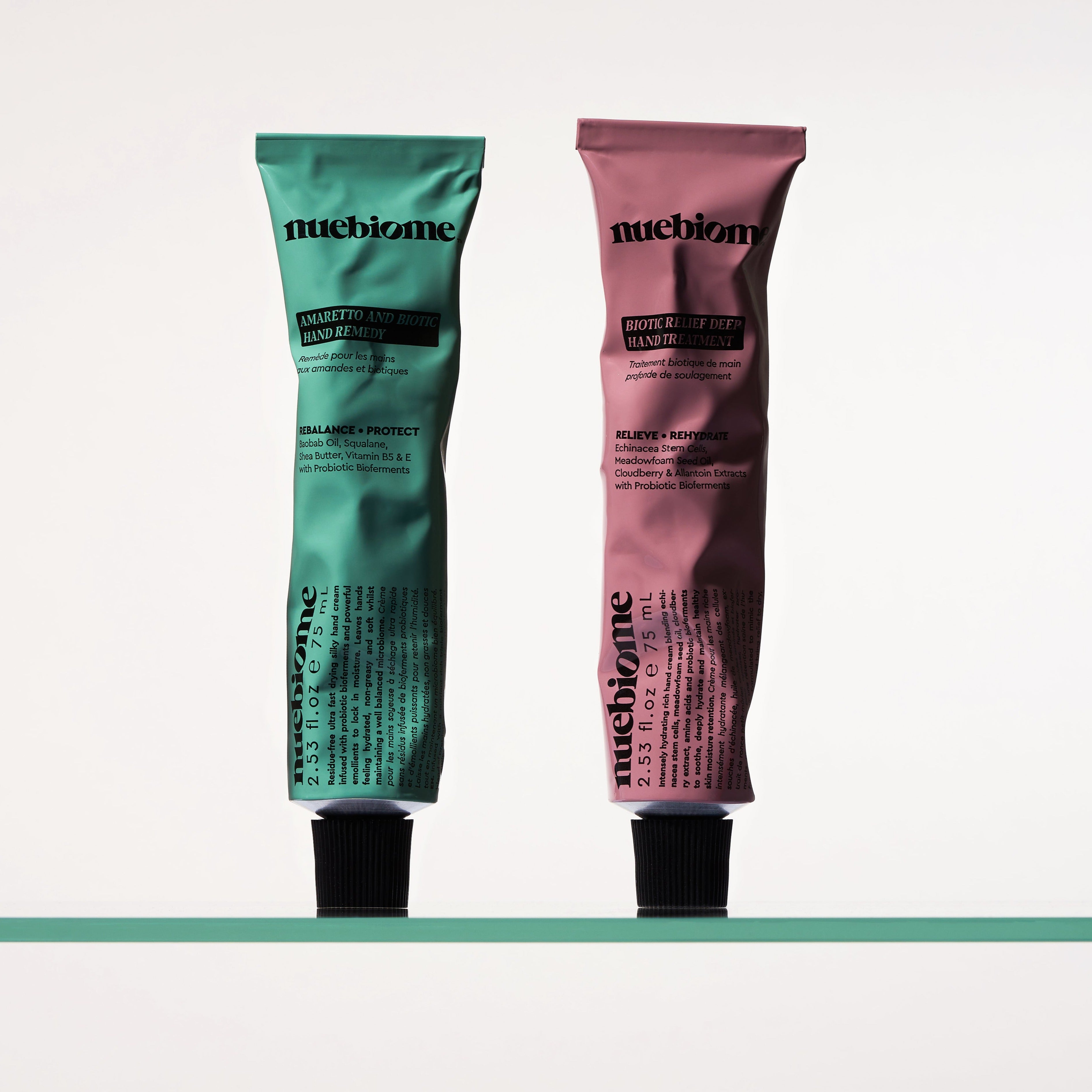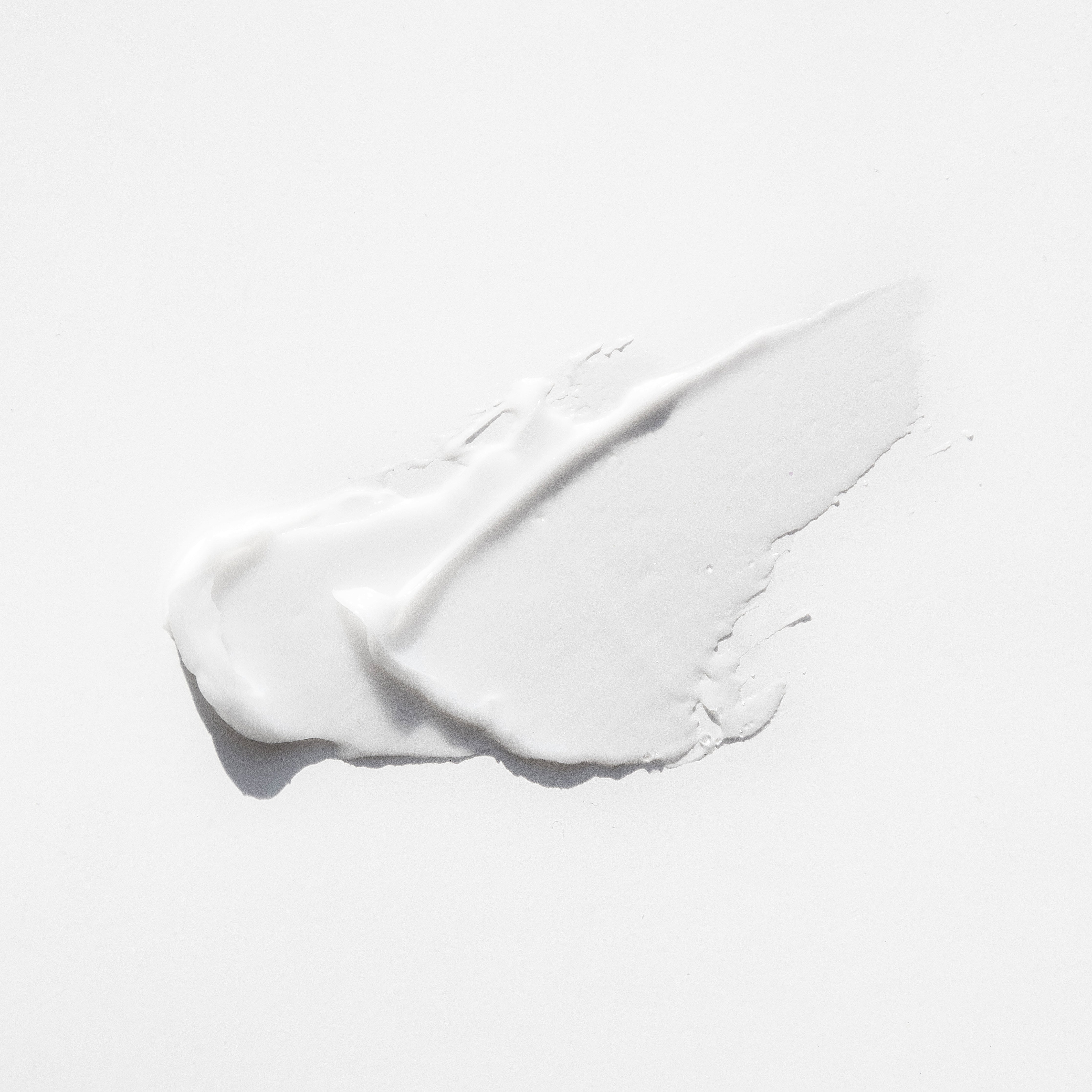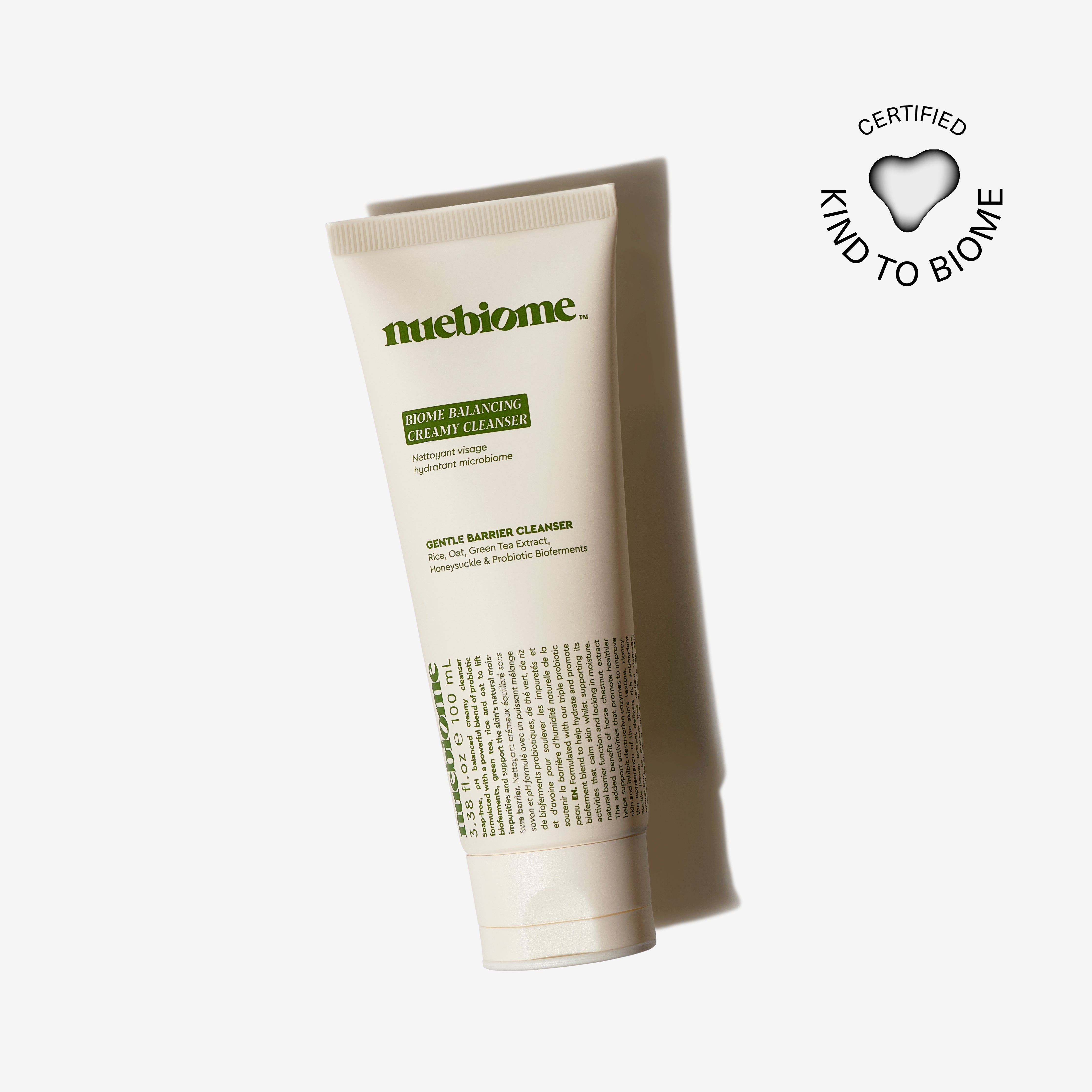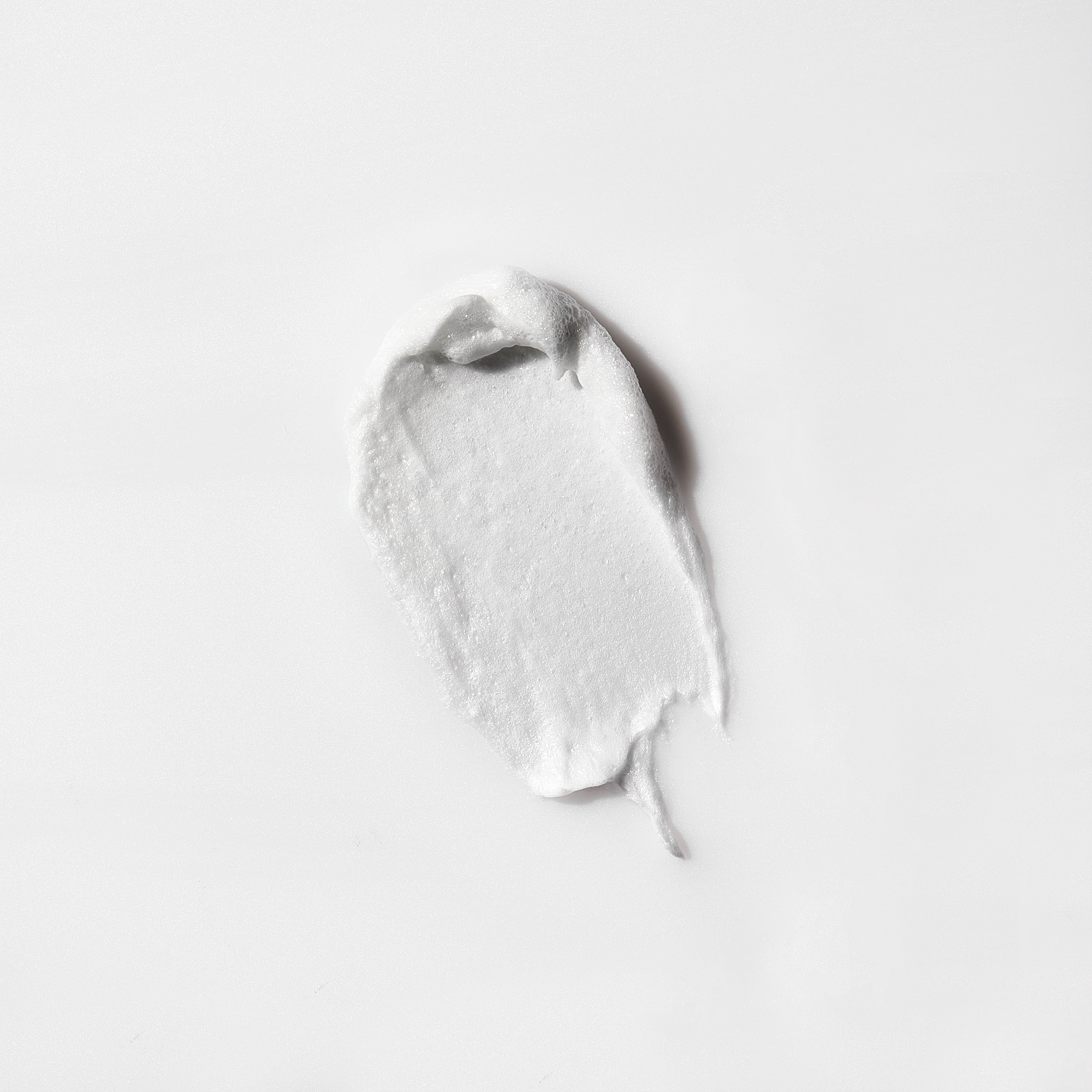Navigating the world of skincare when you have acne-prone skin can feel like walking through a minefield. One wrong product, and you’re left dealing with a fresh constellation of blemishes. You’ve likely heard the term “non-comedogenic” thrown around, but what does it truly mean? And more importantly, how can you leverage this knowledge to build a routine that not only prevents breakouts but actively calms, balances, and heals your skin?
The truth is, many skincare lines offer products for acne but fail to address the root cause: an imbalanced skin microbiome. They focus on stripping away oil and attacking bacteria, often causing more harm than good. At Nuebiome, we take a different approach. We believe the secret to clear, resilient skin lies in supporting its delicate ecosystem. This guide will demystify non-comedogenic skincare and introduce you to a biome-first ritual that works with your skin, not against it.
The Problem: Why Breakouts Happen and How Your Products Can Make Them Worse
To effectively treat acne, you must first understand it. Skin that is “acne-prone” is typically characterized by an overproduction of sebum, the natural oil your skin produces. While sebum is essential for keeping your skin lubricated and protected, an excess of it can mix with dead skin cells and other debris, leading to clogged pores, also known as comedones. These clogged pores are the starting point for all types of acne, from blackheads and whiteheads to more inflammatory papules and pustules.
The plot thickens with the introduction of bacteria. A specific type of bacteria, Cutibacterium acnes (C. acnes), lives naturally on our skin. When a pore becomes clogged, it creates an oxygen-deprived environment where C. acnes can thrive and multiply. This proliferation triggers an immune response from your body, leading to the redness, swelling, and inflammation we recognize as a pimple.
Here’s where your skincare choices become critical. Many conventional acne treatments use harsh, stripping ingredients like high-concentration alcohols and aggressive sulfates. While they may provide a temporary feeling of “cleanliness,” they wreak havoc on your skin’s natural defenses. These products strip away not just excess oil but also the essential lipids that form your skin’s moisture barrier. A compromised barrier can’t effectively keep irritants out or lock moisture in, leading to a vicious cycle of dehydration, irritation, and—ironically—even more oil production as your skin tries to compensate. Furthermore, heavy, occlusive ingredients found in some moisturizers and makeup can physically block pores, directly contributing to the formation of comedones and fueling the cycle of breakouts.
Decoding the Label: What Does 'Non-Comedogenic' Actually Mean?
If you have acne-prone skin, the term “non-comedogenic” should be your north star. In its simplest terms, non-comedogenic means a product has been formulated with ingredients that are not likely to clog your pores. It’s a direct response to the primary catalyst of acne: the comedone. By choosing non-comedogenic products, you are significantly reducing the risk of introducing ingredients that will create blockages and lead to new blemishes.
To add a layer of science to this, ingredients are sometimes rated on a comedogenicity scale, typically from 0 to 5. * 0-1: Considered non-comedogenic. * 2-3: Moderately comedogenic; may cause issues for some, especially those with very reactive skin. * 4-5: Highly comedogenic and best avoided by anyone prone to breakouts.
However, it’s important to see this scale as a helpful guideline, not an infallible rule. An ingredient’s comedogenicity can be influenced by its concentration in a formula and how it interacts with other ingredients. Furthermore, skin is deeply individual. An ingredient that works beautifully for one person might cause a reaction in another. Therefore, think of “non-comedogenic” as your most crucial filter when shopping for skincare, but always listen to your own skin’s response.
A common myth we need to bust is that “oil-free” is always the superior choice for acne-prone skin. This isn't true. The key is not the absence of oil, but the type of oil. Many plant-based oils, such as jojoba and squalane, are non-comedogenic and have a composition very similar to our skin’s natural sebum. These beneficial oils can help balance your skin, reduce inflammation, and fortify your moisture barrier without causing congestion. It’s about choosing the right oils, not eliminating them entirely.
The Nuebiome Solution: A Biome-First Approach to Clear, Calm Skin
At Nuebiome, we believe that the foundation of healthy, clear skin is a balanced and thriving skin microbiome. Think of your skin’s surface as a bustling ecosystem, home to trillions of microorganisms, including bacteria, fungi, and viruses. In a healthy state, these microbes live in harmony, defending your skin from pathogens, regulating inflammation, and maintaining a strong barrier. When this delicate ecosystem is disrupted—by harsh products, environmental stressors, or internal factors—it becomes vulnerable. Dysbiosis, or an imbalance in the microbiome, can allow pathogenic bacteria like C. acnes to overgrow, leading directly to inflammation and acne.
This is where Nuebiome’s philosophy sets us apart. Instead of waging war on your skin, we nurture its ecosystem. Our biotic-rich, non-comedogenic formulas are meticulously designed to support your microbiome. We use a proprietary blend of prebiotics, probiotics, and postbiotics to feed the good bacteria, calm inflammation, and restore balance. By focusing on the health of the entire ecosystem, our products help your skin become more resilient and better equipped to keep acne-causing bacteria in check naturally.
Our formulations are enriched with powerful, skin-supporting ingredients that are ideal for managing acne. For example, we frequently incorporate niacinamide, a form of vitamin B3 celebrated for its multi-faceted benefits. It helps regulate sebum production, minimizes the appearance of pores, and strengthens the skin barrier. Crucially, it also has anti-inflammatory properties that can soothe the redness and irritation associated with breakouts. You can learn more about the benefits of niacinamide for acne-prone skin in our detailed guide. By combining these intelligent ingredients with our biome-first technology, we offer a solution that calms active breakouts while preventing future ones.
Build Your Gentle, Non-Comedogenic Ritual with Nuebiome
Consistency is the cornerstone of any successful skincare routine, especially for acne-prone skin. A simple, effective ritual built around three core steps—Cleanse, Treat, and Hydrate—is all you need to restore balance and achieve lasting clarity. We’ve curated the perfect non-comedogenic, biome-supporting routine from the Nuebiome collection.
Step 1: Cleanse with the Biome Balancing Creamy Cleanser
The first step in any routine is to gently remove impurities, makeup, and excess oil without disrupting your skin’s delicate balance. Our Biome Balancing Creamy Cleanser is the antithesis of a harsh, stripping acne wash. This soap-free, pH-balanced formula uses gentle, plant-derived surfactants to lift away debris while respecting your skin’s natural moisture barrier. Infused with prebiotics and our signature Amaretto-Bioferment, it cleanses effectively while depositing nutrients that support a healthy microbiome, leaving your skin feeling soft, calm, and comfortable—never tight or dry.

Step 2: Treat with the Empris-Peony™ Biotic Resurfacing Night Serum
A targeted treatment is key for accelerating cell turnover, fading post-acne marks, and preventing future congestion. The Empris-Peony™ Biotic Resurfacing Night Serum is your overnight solution for smoother, clearer skin. It features a sophisticated blend of gentle exfoliants, including flower acids and peptides, that work to dissolve the bonds holding dead skin cells to the surface. This helps keep pores clear and significantly improves skin texture and the appearance of hyperpigmentation left behind by old breakouts. It does all of this while deeply hydrating and nourishing the skin, ensuring you wake up to a renewed, luminous complexion.

Step 3: Hydrate with the Biotic Radiance-Boosting Hydrator
One of the biggest mistakes people with acne-prone skin make is skipping moisturizer. When your skin is dehydrated, it often produces even more oil to compensate, leading to more clogs and breakouts. The right moisturizer is non-negotiable. Our Biotic Radiance-Boosting Hydrator is the perfect final step. This silky, oil-free moisturizer delivers a powerful dose of hydration without a trace of heaviness or grease. It’s packed with skin-improving bioferments, niacinamide, and hyaluronic acid to enhance firmness, improve dullness, and flood the skin with moisture. It sinks in instantly, creating a smooth, balanced canvas and reinforcing your skin barrier for all-day comfort and protection.

Your Non-Comedogenic Skincare Questions, Answered
How long does it take to see results with non-comedogenic skincare? Patience and consistency are paramount. While you may notice your skin feels calmer and less irritated within a few days, it typically takes at least 28-40 days—one full skin cell turnover cycle—to see significant improvements in terms of fewer breakouts. For lasting results, sticking to your routine for 2-3 months is recommended as your skin microbiome rebalances and your barrier function is restored.
Can I use a face oil if I have acne? Yes, absolutely! The key is to choose a non-comedogenic oil. Lightweight oils like squalane, jojoba, or grapeseed oil can be incredibly beneficial for acne-prone skin. They can help moisturize, soothe inflammation, and even help regulate your own sebum production. A product like Nuebiome’s Skin Soothing Face Oil is specifically formulated with non-comedogenic, calming oils to nourish the skin without causing congestion.
Do I still need to moisturize if my skin is oily and acne-prone? Yes, 100%. Oily skin can still be dehydrated, meaning it lacks water, not oil. Dehydration signals your skin to produce more oil to compensate, worsening the problem. Using a lightweight, non-comedogenic moisturizer like the Biotic Radiance-Boosting Hydrator replenishes your skin’s water content, helping to balance sebum production and support a healthy barrier.
How do I patch-test a new product to ensure it doesn't cause breakouts? Patch-testing is a wise practice for everyone, especially those with sensitive or acne-prone skin. Apply a small amount of the new product to a discreet area of your face, like along your jawline or behind your ear. Do this once a day for 3-5 days. If you don’t experience any redness, itching, or new breakouts in that spot, it’s likely safe to incorporate the product into your full routine.
